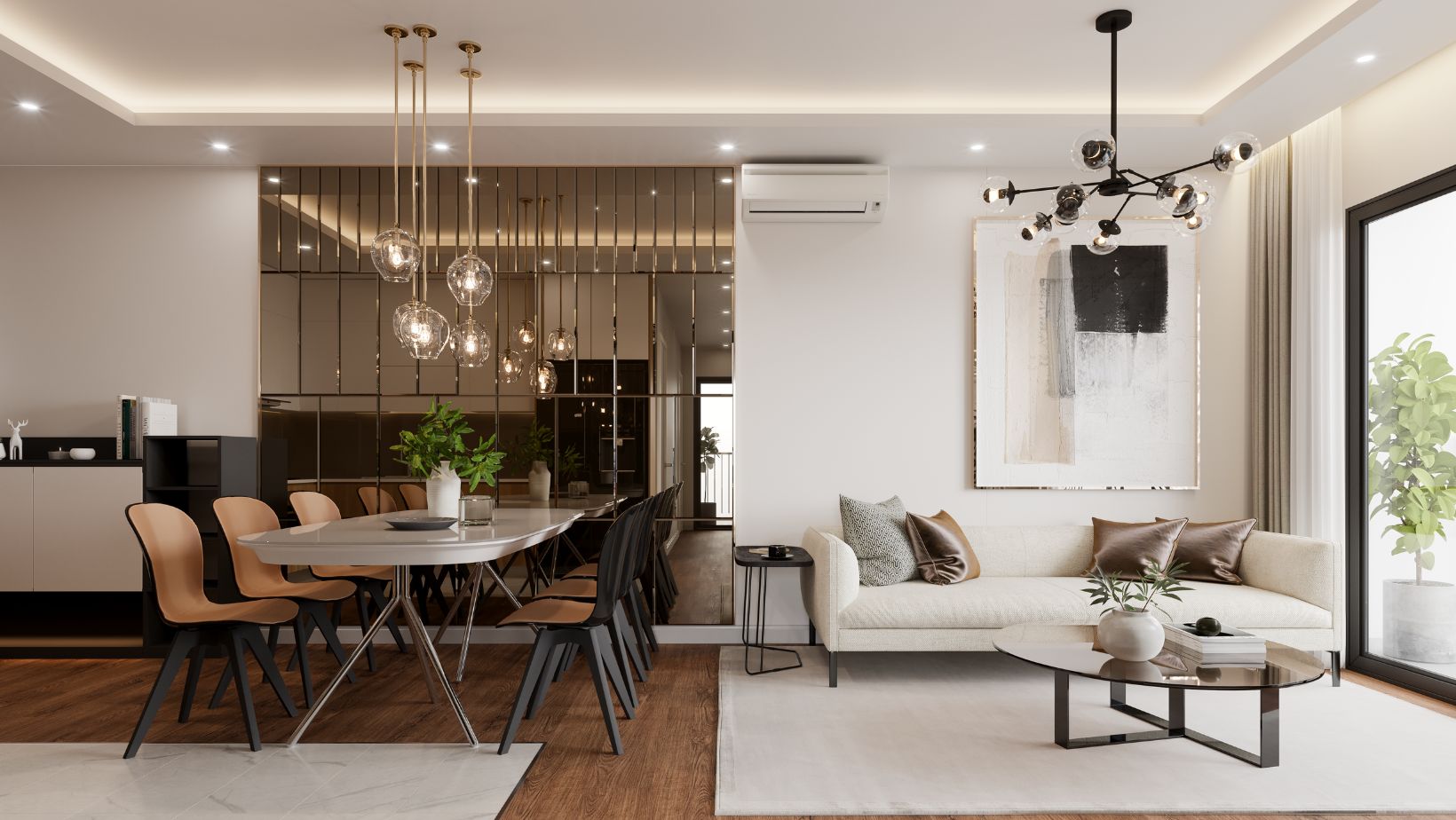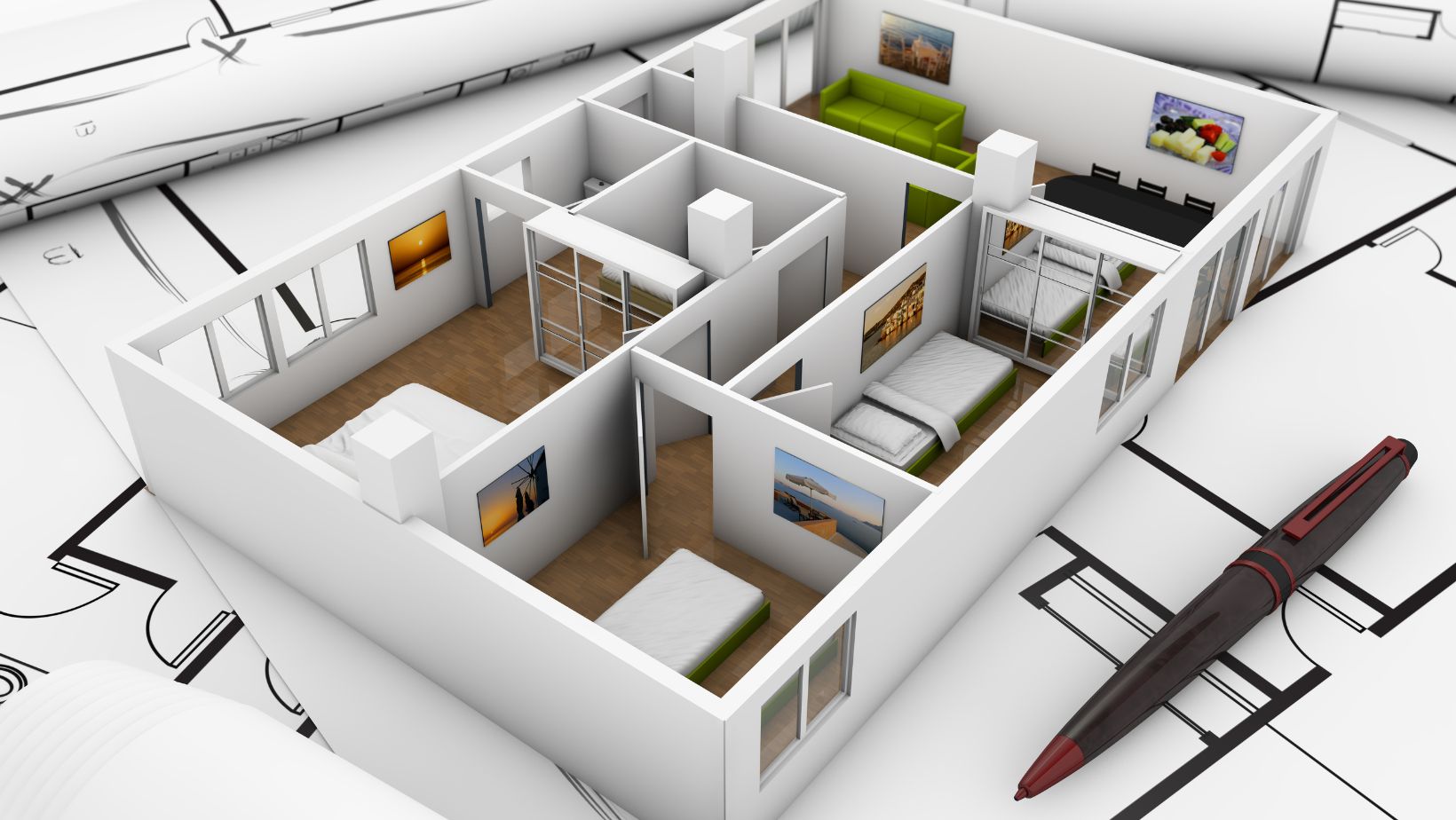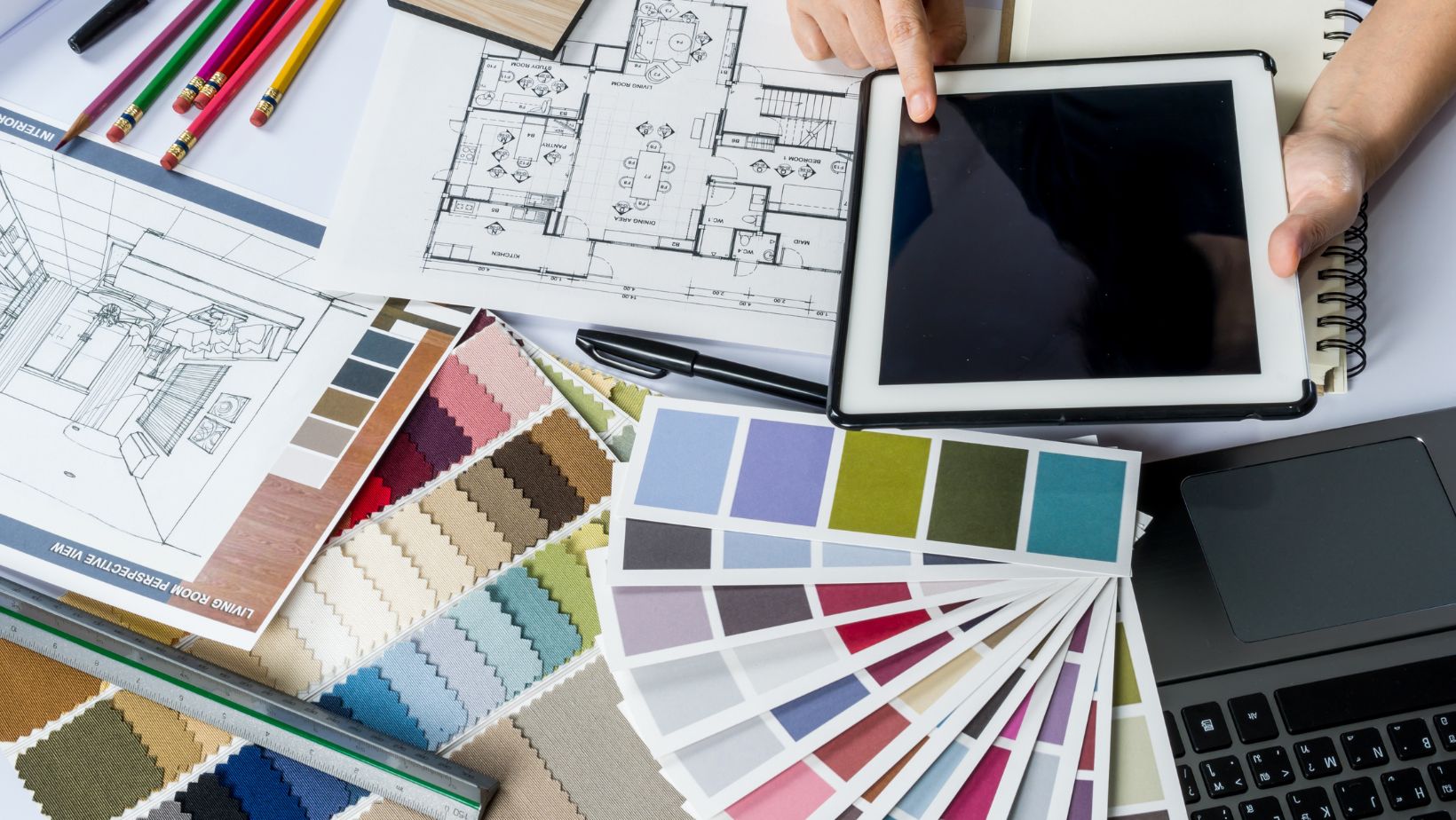In the fast-evolving world of interior design, the ability to anticipate trends has become a cornerstone of success. Designers, brands, and trendsetters are now using artificial intelligence (AI) to decode patterns and predict what’s next in home and commercial spaces. By leveraging vast amounts of data and advanced algorithms, AI is reshaping how the industry understands consumer preferences and styles, transforming what was once an art into a science.
Table of Contents
ToggleAI’s Role in Data Collection
The foundation of AI-driven trend forecasting lies in its unparalleled ability to analyze data. From social media platforms to e-commerce websites, AI sifts through billions of interactions to identify emerging patterns. It recognizes subtle shifts in color preferences, furniture styles, and even material choices long before they gain mainstream traction.

This is already being applied to online casino platforms, where personalized user experiences are crafted through data-driven insights, which highlights AI’s versatility across industries. Similarly, interior designers are using these tools to stay ahead of the curve, ensuring their projects resonate with the latest consumer desires.
Predicting the Future Through Visual and Cultural Trends
AI doesn’t just crunch numbers; it interprets cultural and aesthetic movements. Machine learning models analyze imagery from platforms like Pinterest, Instagram, and TikTok to understand what people are saving, sharing, and loving. They also incorporate macro-level cultural shifts, such as a growing focus on sustainability or wellness, to project trends that feel organic and timely.

For example, AI might detect a surge in interest in biophilic design spaces that incorporate natural elements by analyzing online conversations and searches for indoor plants, earthy tones, and organic shapes. Designers and brands can use this insight to develop products and concepts that align with the zeitgeist, giving them a significant competitive edge.
The Democratisation of Trend Forecasting
Traditionally, predicting interior design trends required deep industry expertise and intuition honed over years of experience. AI, however, is making this knowledge accessible to a broader audience. Emerging designers and smaller businesses can now tap into sophisticated forecasting tools that were once reserved for major players. This democratization is leveling the playing field, allowing more voices to shape the future of design.
Moreover, AI-powered tools simplify the process of tailoring trends to specific markets. What resonates in one region might not in another, and AI’s localized analysis ensures designs are not only on-trend but also culturally relevant.
Bridging the Gap Between Prediction and Application
Predicting trends is only half the battle; applying them effectively is where the magic happens. AI helps bridge this gap by offering practical implementation tools. For instance, generative AI can create mood boards, 3D visualisations, and even entire room layouts based on predicted trends. These tools not only save time but also empower designers to experiment and iterate quickly.
Brands are also benefiting from AI’s precision. Retailers can stock their inventories with products that align with upcoming trends, reducing waste and increasing customer satisfaction. Consumers, in turn, gain access to spaces and products that feel uniquely tailored to their tastes.
As AI continues to evolve, its impact on interior design will only grow. Blending data-driven insights with human creativity creates a new era where design isn’t just about aesthetics but also about understanding and anticipating human behavior. The future of interior design isn’t just about what looks good today; it’s about knowing what will resonate tomorrow. And with AI as a partner, the possibilities are endless.

